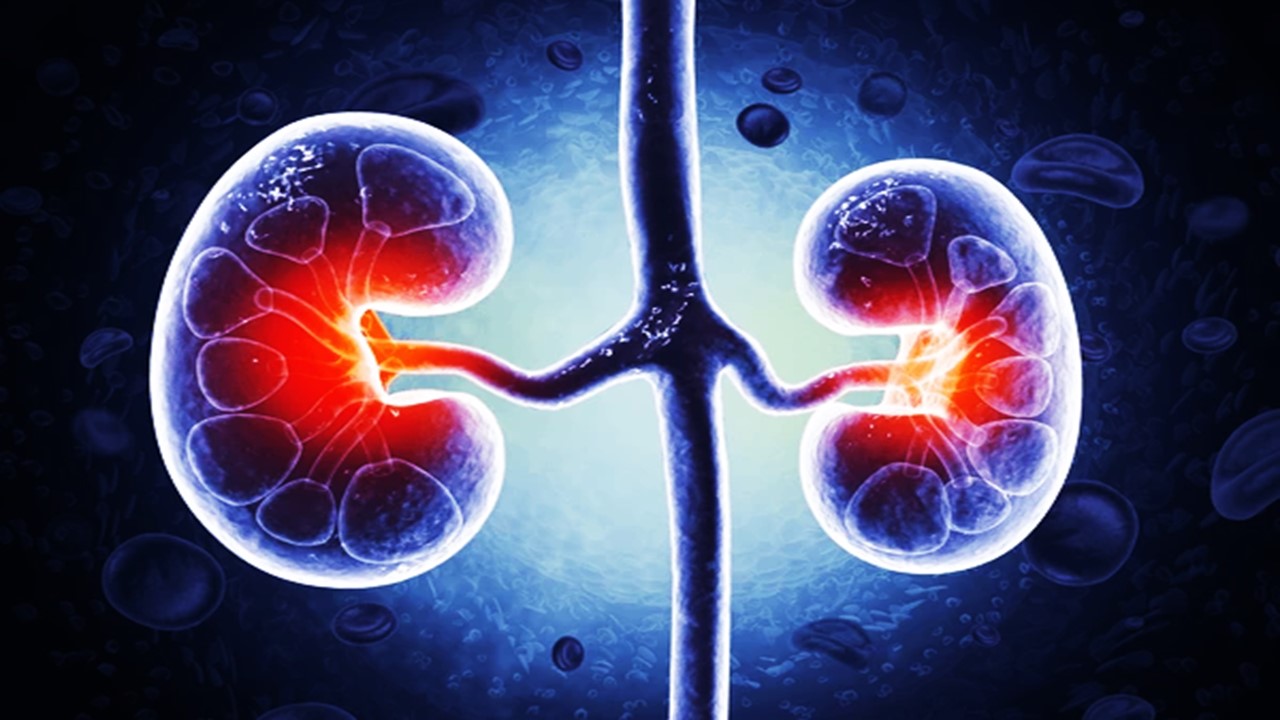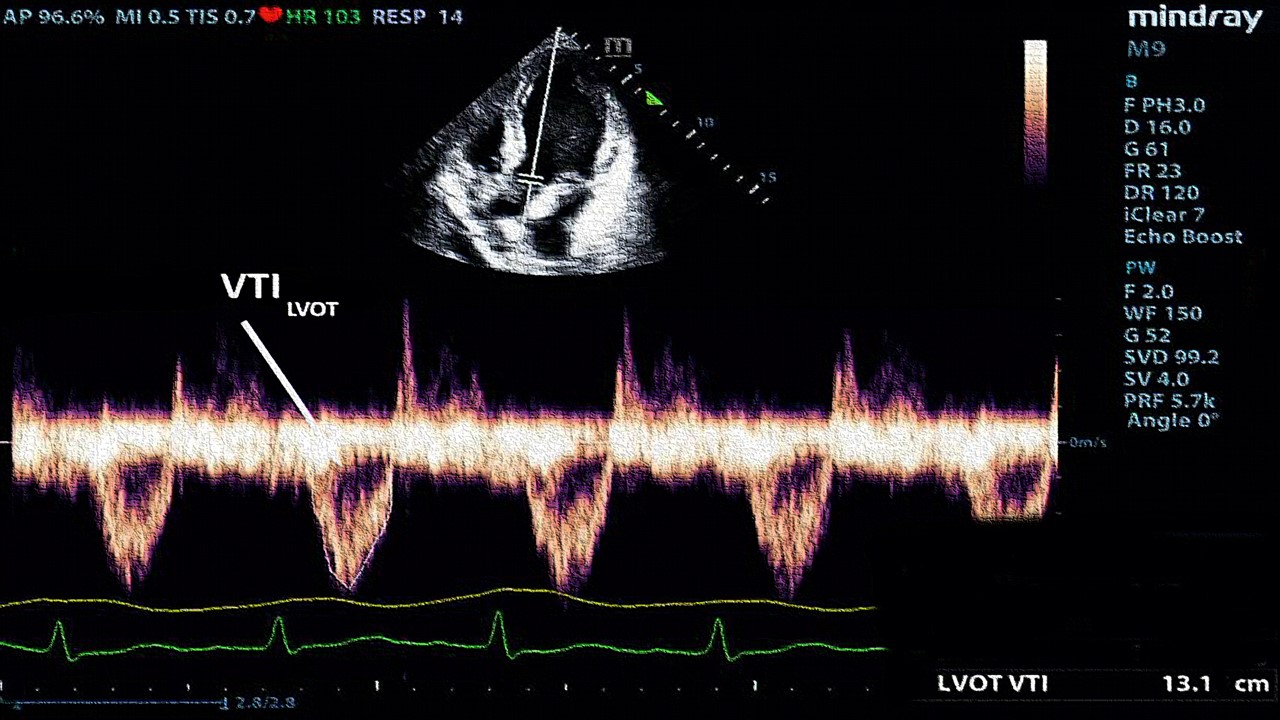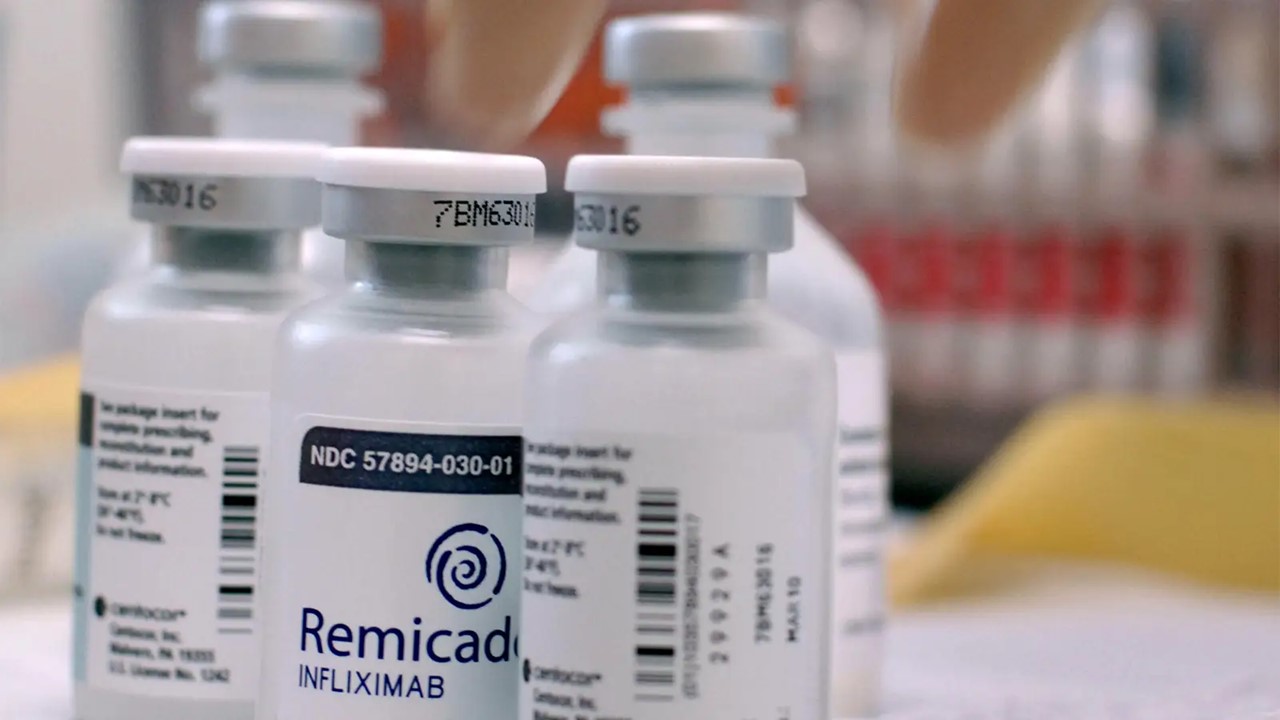The world commemorated International Parkinson’s Day on April 11, with landmarks across the United Kingdom being lit in blue in an effort to raise awareness of the disease and the day honoring it. Parkinson’s Disease affected over 6 million people in 2015; with an aging global population, that demographic is only set to grow. Research in neurodegenerative diseases has gained pace in recent years – although no definitive cure or treatment exists either for Parkinson’s. Much like Alzheimer’s Disease, which has significant clinical overlap with Parkinson’s, we are not entirely sure of the exact disease-causing mechanism of the condition – although a confluence of congenital, lifestyle and environmental factors are implicated.
The Spark
In honor of World Parkinson’s Day, over 80 Parkinson’s Disease organizations and countless advocates teamed up to launch a new international symbol for the disease – the spark. The effort was led by the Global Alliance to End Parkinson’s Disease, also known as the PD Avengers. The movement highlights how Parkinson’s remains the fastest growing neurological condition worldwide, with up to 10% of people with the condition diagnosed before their 40s. With a projected estimate of over 20 million people living with Parkinson’s by 2040, the advocacy group seeks to raise awareness for the disease and the urgency with which research in the field must be accelerated.
Genetics and Environmental Causes
The chief difference between classifying Parkinson’s and Alzheimer’s lies in the kind of protein accumulation that each disease leads to. Alzheimer’s is linked with increased levels of tau proteins in the brain, while Parkinson’s is often called a synucleinopathy because of its association with the accretion of alpha-synuclein. About 15% of people with the disease have a relative affected by the condition, hinting at its genetic nature. There is also a range of genetic mutations that we know increases the risk for Parkinson’s, with over 11 autosomal dominant and 9 autosomal recessive mutations implicated in the disease; some genes implicated are inherited in an X-linked pattern instead. Some genes, such as GBA and LRRK2, show particularly high increases in risk for non-familial Parkinson’s.
The environmental factors that have shown positive correlations with Parkinson’s incidence are much more varied. One of the most concerning has been pesticide use and exposure. Occupational exposure to carbamates nearly multiplies the risk for Parkinson’s fivefold, while organophosphorus and organochlorine pesticides doubled the risk. This has led to massive efforts by advocacy groups to curtail the use of pesticides, although results have been mixed. Curiously, a meta-analysis investigating risks for Parkinson’s found that a history of smoking reduced risk by 33% – with alcohol and coffee consumption exhibiting similar effects. Use of Non-steroidal Anti-inflammatory drugs (NSAIDS) was also found to lower disease incidence, hinting at the role of inflammation in disease pathophysiology.
Mechanistic Understandings
The associations described above are informative of correlation – but we still lack a causative mechanism for Parkinson’s. Symptoms primarily evolve from the degradation of dopaminergic (dopamine-producing) neurons, and the consequential lower levels of dopamine. The research community is placing greater emphasis on investigating the role of the immune system in Parkinson’s; some investigations have even gone so far as to question whether it may be an autoimmune disease. The study points to evidence of T-cell reactivity against alphasynuclein prior to the diagnosis of motor neuron damage in Parkinson’s. The researchers noted that reactivity could be detected up to ten years prior to diagnosis with motor Parkinson’s. However, they remain uncertain whether this immune reaction is a causative factor in disease pathology or simply a secondary symptom of the disease.
Therapeutic Potential
The current standard of care treatment, levodopa, was developed in the 1960s and is not always effective. The therapy revolves around dopamine replacement, which does very little to delay the progression of the disease and offers no curative potential. Patients often need off-periods after experiencing side effects or increased dyskinesia because of the therapy. Many novel therapies aim to enhance the effects of standard carbidopa/levodopa therapy – such as the recently approved istradefylline, opicapone and safinamide.
Novel innovations that aim to move past levodopa-based therapies have been slow to come about. A study made headlines in Science when it proved that deep brain stimulation focused on the external globus pallidus yielded long-term effects in mouse models for Parkinson’s. Neurotrophic therapies, which aim to protect from neuronal damage, have also been investigated. These include neurteurin, GDNF, and others. However, no neurotrophins have met any clinical milestones so far. Additionally, their inability to cross the blood-brain barrier presents unique challenges. Administration directly to the brain remains expensive and invasive, although nanoparticle delivery may provide answers in that department.
Capitalizing on our extensive library of genes associated with Parkinson’s disease, gene therapy has also emerged as a possible treatment modality for the disease. A trial investigating the delivery of the gene coding for the aromatic amino acid decarboxylase (AADC), which is essential in the conversion of levodopa to dopamine, showed promising results. The reduced presence of the enzyme over time may explain the waning efficacy of levodopa-based treatments – and gene therapy may play a key role in rescuing treatment response. Delivering neurotrophins via gene therapy may also be a key answer in slowing disease progression. Other companies seek to advance cell therapies – such as BlueRock Therapeutics, which currently has a fast track designation to study the development of dopaminergic neurons from stem cells.
The emerging urgency of Parkinson’s Disease is undeniable. With the demographic revolutions brought about by longer lifespans, the incidence of the disease is set to skyrocket within the next two decades. As more countries undergo their own demographic transition with increased development levels, the need to treat and support chronic late-onset diseases will only increase. The treatment for Parkinson’s has remained virtually identical for over half a century, while our understanding of disease causation remains nebulous. The potential for innovation in this space of the life sciences is thus wide open, as indicated by recent advances in cell and gene therapy.
Nick Zoukas, Former Editor, PharmaFEATURES
Subscribe
to get our
LATEST NEWS
Related Posts

Chronic & Debilitating Diseases
Renopathology Tipping Point: Deciphering the Molecular Code of Stage 2 Chronic Kidney Disease
The molecular events of Stage 2 CKD, from inflammation to lipid metabolism, offer insights for diagnosis and treatment.

Chronic & Debilitating Diseases
A New Lens on Shock: Hemodynamic Insights Through Critical Care Ultrasound
CCU has transformed the hemodynamic assessment of shock, delivering a reliable, reproducible, and non-invasive tool for ICU clinicians.
Read More Articles
Myosin’s Molecular Toggle: How Dimerization of the Globular Tail Domain Controls the Motor Function of Myo5a
Myo5a exists in either an inhibited, triangulated rest or an extended, motile activation, each conformation dictated by the interplay between the GTD and its surroundings.













